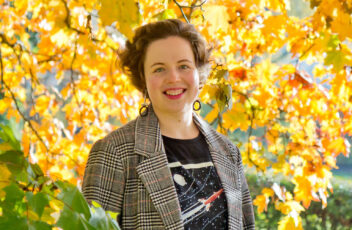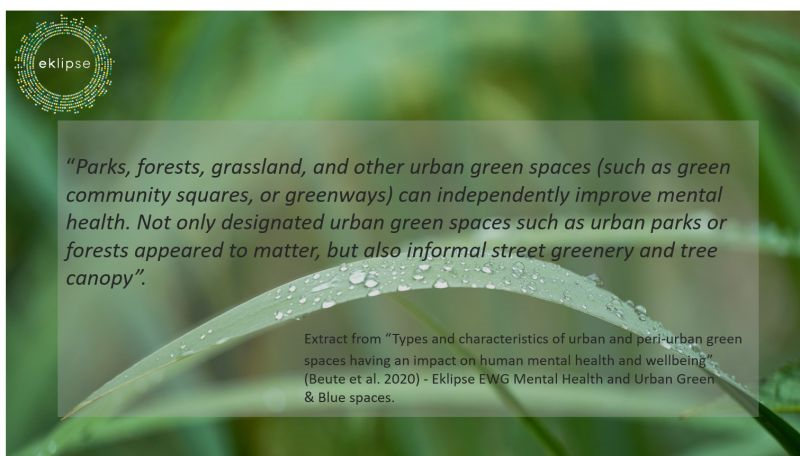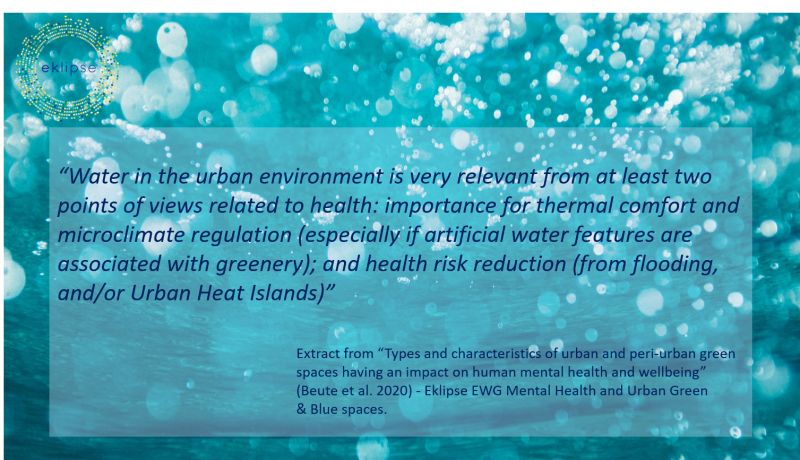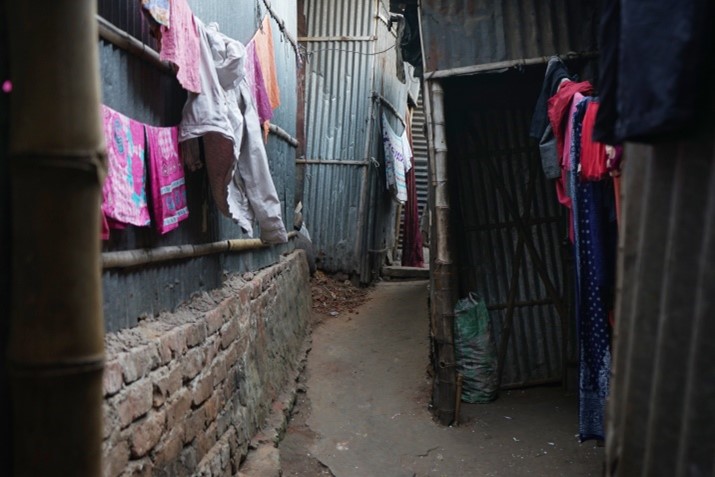“The important thing to understand is that a hospice is not a place where people die, but rather a place where they live – their final stage of life.”
Palliative care is a specialized form of healthcare that focuses on quality-of-life care for those with chronic, life-limiting conditions. This care most often includes counseling sessions, symptom management, movement practices, creative therapies such as music or art, as well as spiritual or emotional guidance. The facilities are designed to act as “healing spaces,” blending aesthetics with practical aspects of comfort and safety for patients, staff, and visitors.
From the micro details of color palettes and the homeliness of kitchens to the angle, size, and position of windows allowing natural light and views of the outdoors, every indoor element of these places is thoughtfully considered. However, while there is extensive literature on the restorative effects of nature on patients, less attention has been given to the quality of the natural landscape as a critical factor in the therapeutic equation.
In the following interview, we explore the importance of landscape architecture in creating therapeutic (contemplative) spaces within hospices. Our guest, Anna Artemeva, is a Master of Landscape Architecture (MLA) from the Swedish University of Agricultural Sciences (SLU), specializing in sustainable urbanization. Originally from Russia, Anna now finds inspiration in the blend of the natural and the urban in her new home of Stockholm, Sweden.
We discuss her journey to researching therapeutic landscapes, especially her recently published Master’s thesis titled: “Testing a Contemplative Landscape Model to Design a Stress-Reducing Therapeutic Landscape for the Mellanorrlands Hospice.” What is especially interesting is the focus of her research: the application of the Contemplative Landscape Model (CLM) developed by Agnieszka Olszewska-Guizzo (founder of NeuroLandscape and author of Neuroscience for Designing Green Spaces Contemplative Landscapes) in a setting that had not previously been studied under this model, a hospice.

AB: To get started, could you share a brief introduction about yourself and your first steps into the world of landscape architecture, particularly with a focus on therapeutic landscapes?
AA: My name is Anna Artemeva. I’m originally from Russia, but I’ve now lived in Stockholm for about 7 years. In Russia, I studied interior design and landscape architecture. However, I primarily worked as an interior designer on public and private projects. When I moved to Sweden, I decided to shift my career focus towards landscape architecture. I was fascinated by how landscape architects create such beautiful environments here. I pursued a Master’s program in Landscape Architecture for Sustainable Urbanization at the Swedish University of Agricultural Sciences.
AB: Can you describe a specific experience in nature that sparked your interest in landscape architecture?
AA: My life in Russia gave me two different experiences that I believe really shaped my interest in landscape architecture. I grew up in Chelyabinsk. So, I was surrounded by the stunning natural beauty of the Ural Mountains and the crystal-clear, incredibly beautiful lakes. However, at the same time, Chelyabinsk itself is a city with severe environmental issues, especially air pollution. It’s a big city with poor urban infrastructure.
So, there is this contrast between the natural and the urban environment. The experience of growing up with both of these worlds really pushed me to want to learn more about cities and how to build nice environment. I could feel how it affects you if you live in such a harsh city environment.
I think what initially drew me to using design to improve people’s well-being especially through nature is my experience living in Sweden and Stockholm. Stockholm is such a good example of this – a city where there’s a union between nature and the city. So, I’m really interested in understanding these processes. How it can happen, how it affects people, and how we can create these types of environments.
AB: Your thesis focused on the application of the Contemplative Landscape Model (CLM) developed by our founder, Agnieszka Olszewska-Guizzo, at Mellanorrlands Hospice. Why were you inspired to explore the use of landscapes for therapy in hospice care?
AA: I was drawn to hospice care because it offered a unique context and specific needs. Here, creating therapeutic landscapes wasn’t simply desirable, but of necessity. It’s not about creating fancy landscapes. They need landscapes that genuinely support their patients.
I felt connected to the philosophy of hospice care. Especially the fact that they are built to allow their guests live their life as fully as possible. I wanted to support this and this is where therapeutic landscapes came in.
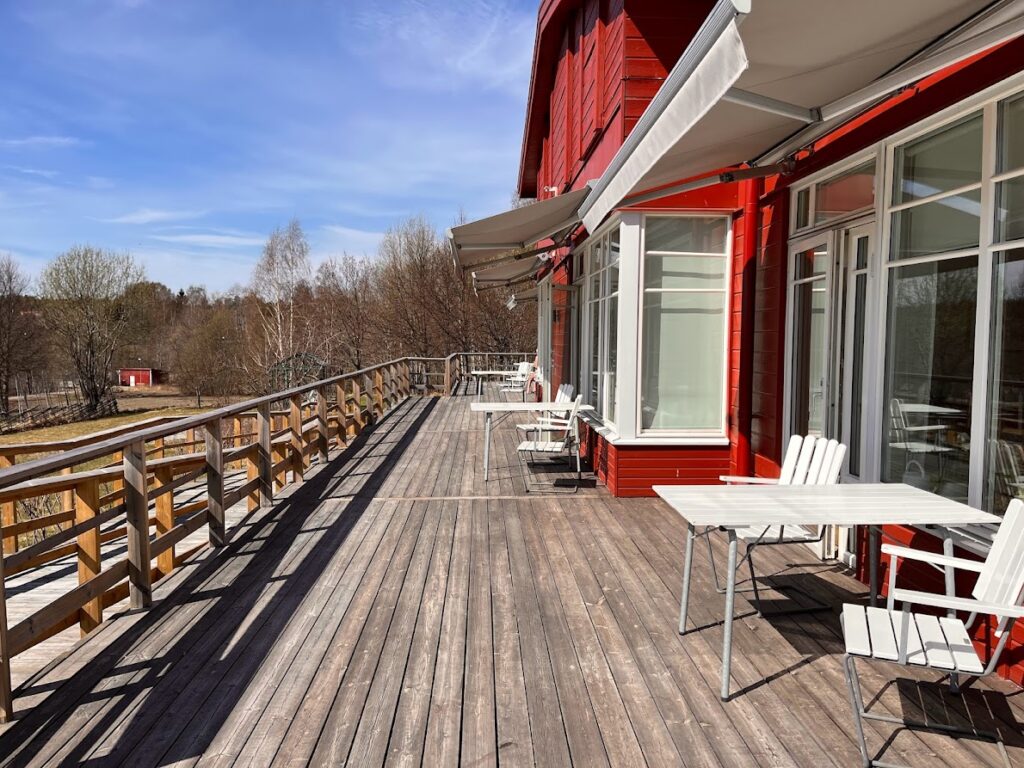
AB: What initially drew you to study Mellanorrlands Hospice as a subject for exploring CLM?
AA: What initially drew me to Mellanorrlands Hospice and not another hospice as a subject for exploring CLM? It’s quite simple. It was the only hospice I could establish a connection with. I conducted a lot of research into the hospices here in Sweden. There are great examples in southern Sweden, but they were too far away.
Mellanorrlands Hospice was not only geographically accessible, but they were very willing to cooperate and give me the opportunity to work with a specific spot on their premises. I’m incredibly grateful for their willingness to participate. There was a moment when I thought, “Oh my God, I will probably write my thesis without a subject.” So, I’m really very thankful that they answered and were so open and kind.
AB: Could you tell me a little more about Mellanorrlands Hospice itself? How would you describe its environment (rural, urban, etc.)? Does the surrounding landscape play a role in the overall therapeutic experience, and if so, how? Who are the typical patients that receive care at the hospice? Can you profile them?
AA: Mellanorrlands hospice is located in Sundsvall, a Swedish town north of Stockholm. The hospice itself is located on the shore of Lake Sidsjön on the border between the city and a nature reserve. It is positioned in the urban area, next to a residential area with a school, a hospital, a sports club, and hotel. However, the hospice and nursing home are deliberately set apart, separated by a road and a forest. This separation helps to orient it towards the beautiful, hilly landscape of the nature reserve, offering stunning views down to the lake.
The surrounding landscape plays a large part in the therapeutic experience of patients. The hospice is designed so that all patient rooms face the natural landscape. These rooms not only offer beautiful views, but each has its own access to a common terrace with an open view of the valley. On the hospice website there is a testimonial from one of the patient’s daughter. She notes how her father cherished the view from the window, watching the ice melt and spring arrive from his bed. He watched these views daily in the last spring of his life.
“Dad’s room was fantastic, as I realized over time,” she writes. “It had a wonderful view of the lakeside. From his bed, he could watch the ice send off and spring come in for the last time.”
The important thing to understand is that a hospice is not a place where people die, but rather a place where they live out their final stage of life. The most frequent diagnosis of hospice patients at Sundsvall is cancer. In 2021, only 8% of patients were diagnosed with non-cancer. The average age of patients is 73. In 2021, the youngest patient was 41 and the oldest was 92. What we learn is, hospice patients are very diverse in age and spend anywhere from a few weeks, to months, to a whole year in care. The condition and mobility of the patients can also vary quite a lot. They can be quite independent, as well as those who need specialized cage and struggle to move without using a wheelchair or there are those who lie on a bed the whole day.
Despite the varied backgrounds and conditions, what these individuals share in common is that, with the proper medical care and anesthesia, they can and want to live their lives to the fullest.
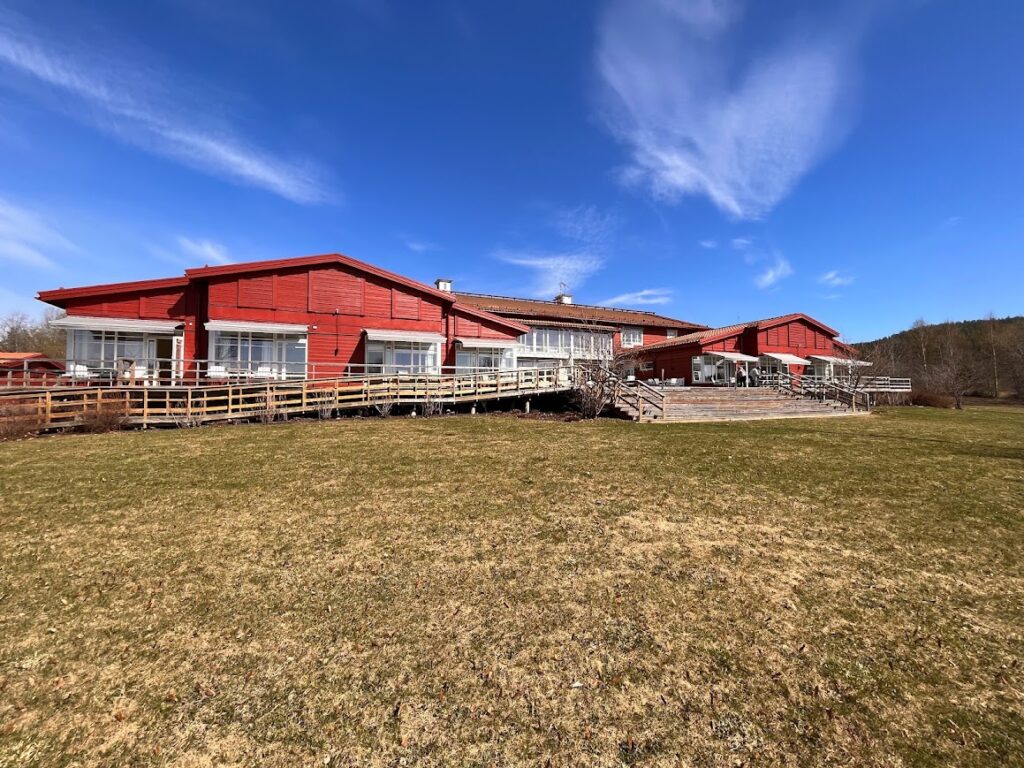
AB: Can you walk me through the process of using the Contemplative Landscape Model (CLM) to design a space for hospice patients? Maybe use an example from Mellanorrlands Hospice?
AA: Let’s do it. The first step using CLM is to understand the view which specific view to focus on. In my case at Mellanorrlands Hospice, it was very easy to find this spot because there was a central area that was most usable for both patients and staff. This is where they often relax, chat, and just spend time with loved ones. So, it was definitely this point where I could work with the landscape and a very specific view.
The next step was to evaluate the existing view using the Contemplative Landscape Model guide. It’s a step-by-step guide where you answer the questions and receive a score for each element. In my case, the landscape scored well in some elements like typical and archetypal elements, a good visible and recognizable character, peace and silence, and a natural and harmonious color palette.
However, some important elements like layers of landscape, biodiversity, and land forms weren’t well represented in the landscape. This resulted in an overall average contemplative score. This meant this particular landscape couldn’t provide a good stress reduction atmosphere.
So, the last step was to develop a design proposal that addressed these weak elements and increased the overall contemplation score. Here, it was important to think about specific design solutions that were necessary for the group of users. For instance, many patients in the hospice use wheelchairs or have limited mobility. That was why my design proposal focused on creating the landscape by using trees instead of other plants. Plants placed on a lower level wouldn’t be very accessible for these people. This highlighted another interesting aspect of the CLM framework.
AB: What surprised you the most about the challenges of designing a therapeutic landscape?
AA: You know, the biggest surprise came during a discussion about my thesis. I wanted to find an approach with a strong scientific basis, ideally something that has a medicine base. My goal was to really prove that this approach could lead to design a stress-reducing environment.
Some landscape architecture professors were very skeptical that it’s possible at all to scientifically prove that an environment can be stress reducing. This led me to believe that many professors may not be very familiar with neurobiology and cognitive science. It seemed to be they were unaware that today’s research can now design experiments that clearly demonstrate how this landscape can have an effect on stress reduction.
So, this skepticism was the most surprising moment for me. Before I found the Contemplative Landscape Model, there were very few articles and papers that provided enough that can be used in cases where you need to create a very specific environment for stress reduction.
AB: In your thesis, you proposed further research to refine CLM for wider applications. Can you elaborate on some specific areas you’d like to see explored to strengthen the model?
AA: Absolutely. I’d be very interested in knowing more about the dynamics that happen in the process. So in the research papers, the practitioners creates experiments where they used a mechanism that let them see this process played out in the brain. But what I’m trying to say is that a person just comes and observes a landscape, and we don’t know what’s going on.
What if someone observes this landscape not just that day, but for weeks, months and years? Because our brains can adapt pretty well to all environments, and I believe there could be some changes that happen if a person observes a landscape over longer periods of time. So I’d like to see how that looks.
Another thing that’s very important for me as a landscape architect is to investigate if the framework that exists right now with this guide system is good enough for landscape architects to implement this method. I found that there’s a very subjective process that happens when you answer the questions.
What if I someone with a different background than myself, maybe someone who lives here and has fallen in love with this landscape, how would they answer the questions? And I observed that some questions I could have answered differently. So, it would be great to see this instrument in a more objective framework.
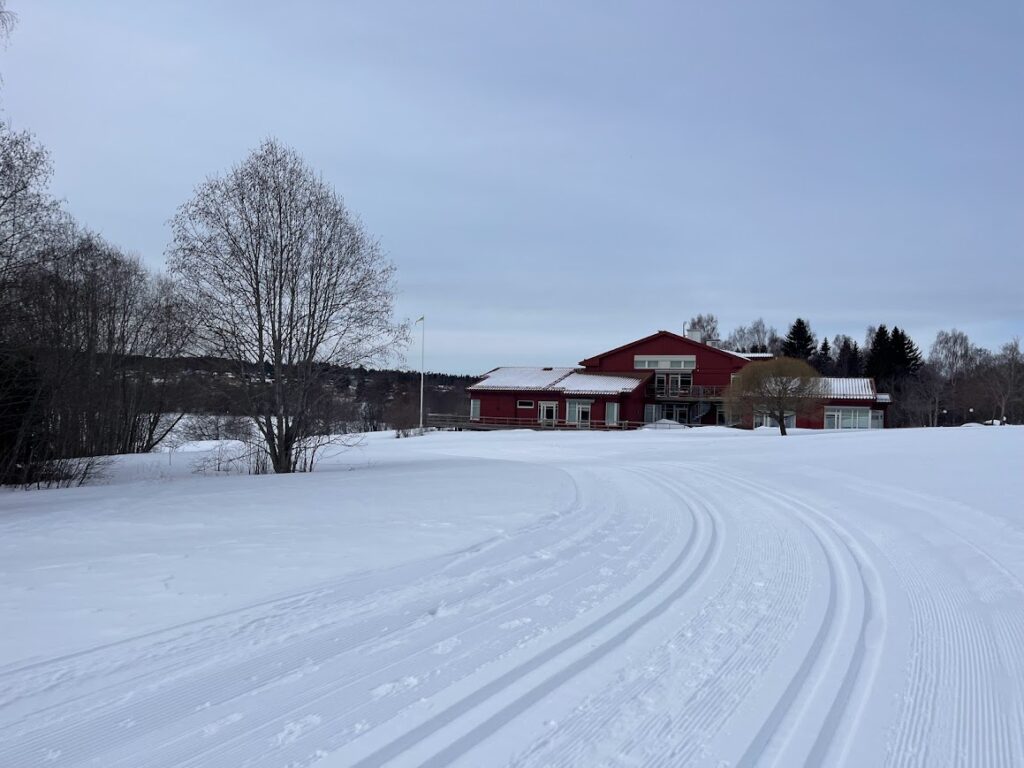
AB: Building on your research, what advice can you offer to landscape architects who want to design therapeutic spaces in other healthcare settings or even public areas?
AA: That’s quite a tricky question. Build on my experience, I’d say that I need more context. For instance, the specific location and the user group. But I can definitely recommend looking into the Contemplative Landscape Model. It has a really good set of questions and detailed descriptions for each element that can influence a landscape’s impact. This framework can inspire landscape architects and encourage them to develop their own questions specific to the project. They can then create better therapeutic environments, I believe.
AB: Your research highlights the connection between nature and well-being in hospice care. Can you translate this concept into actionable steps for our audience who might be interested in creating a more therapeutic outdoor space in their own homes or gardens?
AA: I’m not sure if my my experience can be directly applied in this way. Especially when we’re talking about private gardens, because one of the important elements in a stress-reducing landscape is biodiversity, and biodiversity is often combined with natural colors. But in private gardens, I believe people often prefer a more colorful environment.
So again, maybe it’s a good idea to read Neuroscientists for Design in Green Space and learn from the experiences there, and make your own experiment. Understand what kind of therapeutic garden you’d like to create, and just just to do it! Experiment! With this approach, remember that a landscape is always a process. It’s not just about the results. So, enjoy the process!
AB: During your research, how did your personal views or feelings about nature and healing evolve?
AA: I have always enjoyed being outside. I spend a lot of my free time closer to nature. Now, I realize even more that being in nature can be a tool for stress management. If I am in a stressful situation, I look for open spaces with inspiring views. I understand now how important it is to spend even more time in a calming landscape.
AB: Can you share a story about how your interactions with patients or staff at Mellanorrlands Hospice influenced your approach to the project?
AA: Absolutely. One specific interaction with a patient really stands out in my mind. During a visit, the hospice staff asked me to talk with a woman because she and her husband spoke primarily Russian and little Swedish. We had a great conversation about a lot of different things. The woman had difficulty holding her head up because she had recently had surgery. So, she was mostly resting her head on the headrest.
As we talked, I asked her where in the landscape her gaze fell most naturally. Surprisingly, she pointed to a completely different spot than the one I had identified initially. This small change in the angle of the head position really affected her relationship with the landscape and her perspective. This experience pushed me to think deeper about other unique needs and limitations people face in this period of their life.
AB: Can you elaborate on the specific “gazing point” the woman identified?
AA: In general, I was talking about the difference between a healthy person’s perception of the landscape and a person with physical limitations. In the initial design process, I analyzed the therapeutic garden through the lens of a healthy person. That is, I looked at elements for contemplating and reflecting that naturally attracted my attention, what was missing, how my gaze wandered through the landscape, where it stopped.
However, when talking to this patient who had difficulty keeping her head upright and so spent most of her time resting her head on the headrest with her head slightly tilted, I realized that her process of contemplation – how her gaze wandered across the landscape and where it lingered and stopped – was different from mine.
I haven’t had the opportunity to further fully research and develop this specific question in more detail. It was an important moment of realization. In my work, I’ve always kept in mind that the landscape should interact both with people with no mobility limitations and with people with mobility limitations. I also tried to take into account factors such as a patient’s depressive state and their experiencing an existential crisis.
From this point of view, it was encouraging to see how a contemplative landscape showed positive effects on people with depression. But internally, the question remained: what other physical changes, brought on by illness, could have a significant impact on the perception of the landscape that I hadn’t taken into account.
AB: What were some of your most significant personal challenges during this research, and how did you overcome them?
Personally, it was very challenging to write my thesis. It was my first major research paper, and I struggled to find enough people to have discussions related to my topic. Unfortunately, I didn’t find many opportunities to discuss my topic. But I use all the opportunities I get to discuss my topic with anyone open to it.
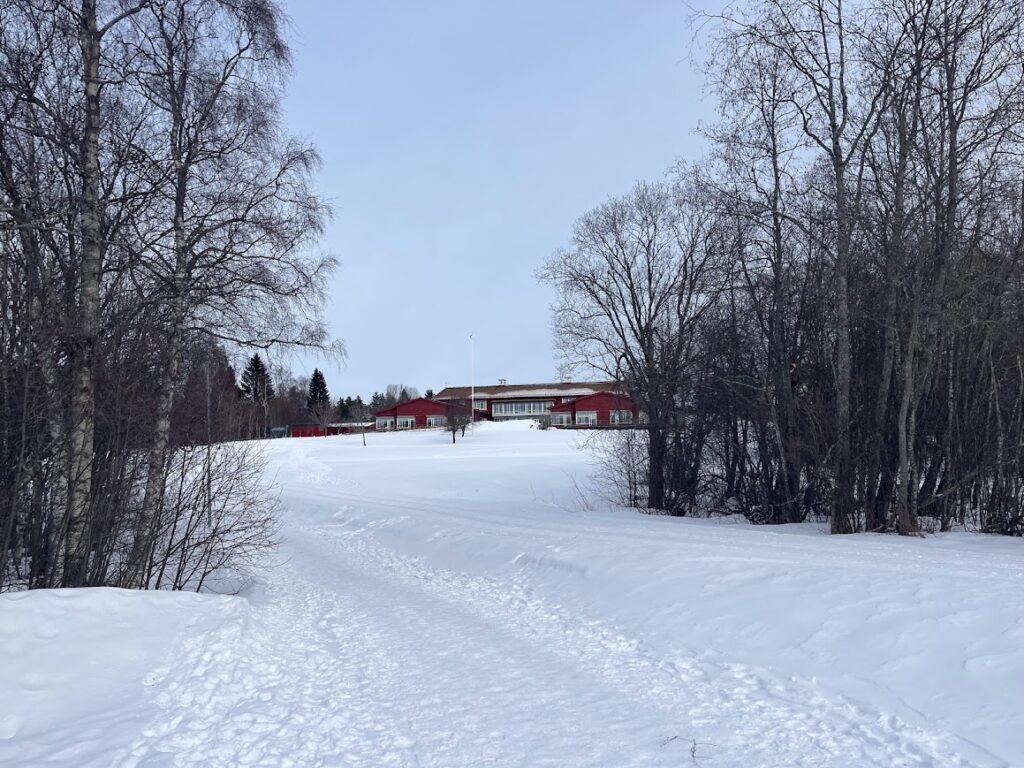
AB: I am curious to hear about the reception of your research topic and final design. How did the patients, staff members, and even your teachers and fellow students react to your work on therapeutic landscapes at Mellanorrlands Hospice?
AA: There was a lot of interest amongst fellow students in the method itself. For most of them, it was entirely new, and they wanted to learn more about its use and the evidence supporting it.
The topic of the hospice center was also interesting to the teachers. Because the topic is not common, people don’t often get to work with it in depth. They hear about it, discuss it, and can really immerse themselves in the topic. It seems to me there is a common misconception: “Hospice is a place where people die”, which gives rise to certain associations.
Just a year ago, there was a situation where people opposed building a hospice in their neighborhood. I think if people realized that a hospice is a place where people live, they might be less likely to protest.
So, we had a lot of discussions with the teachers about the philosophy and specifics of palliative care, and the unique relationship between hospices and landscape design.
AB: Being at the beginning of your journey into landscape architecture, what reflections can you share about how you see the future of landscape architecture evolving, particularly in the context of therapeutic and contemplative spaces?
AA: I would definitely like to see more collaboration between landscape architecture and other fields, especially neurobiology and cognitive science. And I believe that landscape architecture can gain a lot of useful tools from these collaborations, and maybe rethink existing tools and approaches in a more efficient way.
AB: What advice would you give to communities or institutions looking to integrate therapeutic landscapes into their environments?
AA: First of all, it’s definitely important to do research and understand the needs. This means conducting thorough research to understand the specific needs and preferences of the community or institution. Consider factors such as the cultural backgrounds and even the health issues of the community.
Find the right experts to collaborate with is also very important. Landscape architects, environmental psychologists, or even other relevant experts in this field can really help build a built environment in a more efficient way.
AB: What are your next steps or future projects in this field? Are there particular aspects or techniques you wish to explore further?
AA: For me, right now, it’s very important to use my theoretical knowledge in a practical way. I’m looking forward and very excited to gain practical experience in the field.
AB: If you could create a therapeutic landscape in any location in the world, where would it be and what unique features would it have?
AA: I took this question very seriously actually. I just want to see a therapeutic landscape everywhere where it’s really needed.
AB: Which fictional character do you think would most benefit from spending time in a therapeutic landscape? Why?
AA: I shared this question with my sister and I really liked her answer. She said to change the final scene in the movie, Fight Club, where the main characters are standing and holding hands with exploding buildings in the background. So, we suggest to change this background to a therapeutic landscape. Really, I feel that it this is what we, across the world, are really seeking right now and it’s changing this whole story in such a positive way. This is our suggestion that would completely rewrite Fight Club.
AB: If you had to describe your ideal therapeutic garden using only three words, what would they be?
AA: Appropriate, attractive and therapeutic. Because if a random person came to this landscape I created and said, Oh my God, it’s so therapeutic,” then I know I’ve achieved my goal.
Continue reading “Therapeutic Landscapes, Hospice Care, and Fight Club: An Interview with Landscape Architect Anna Artemeva”
